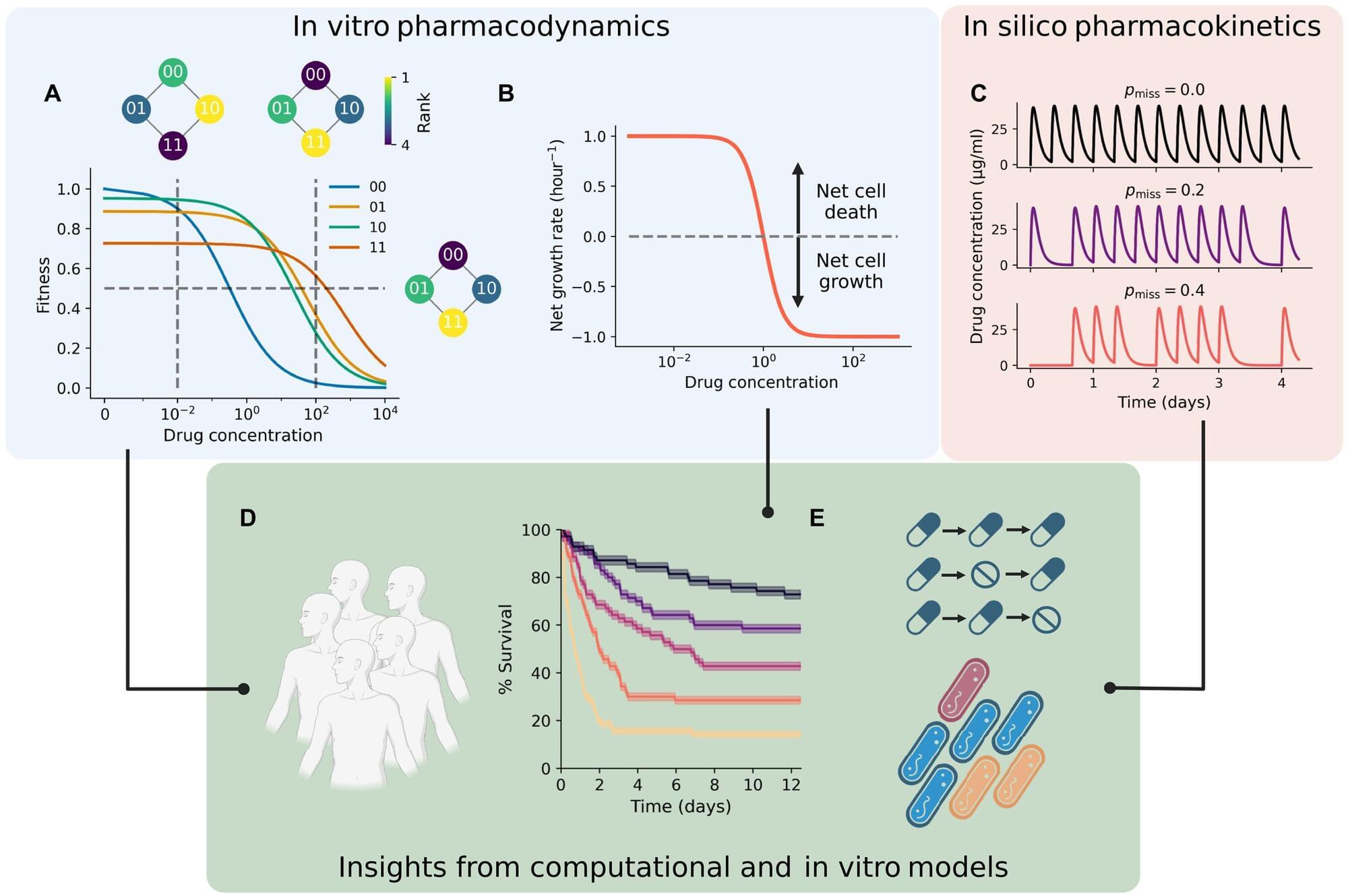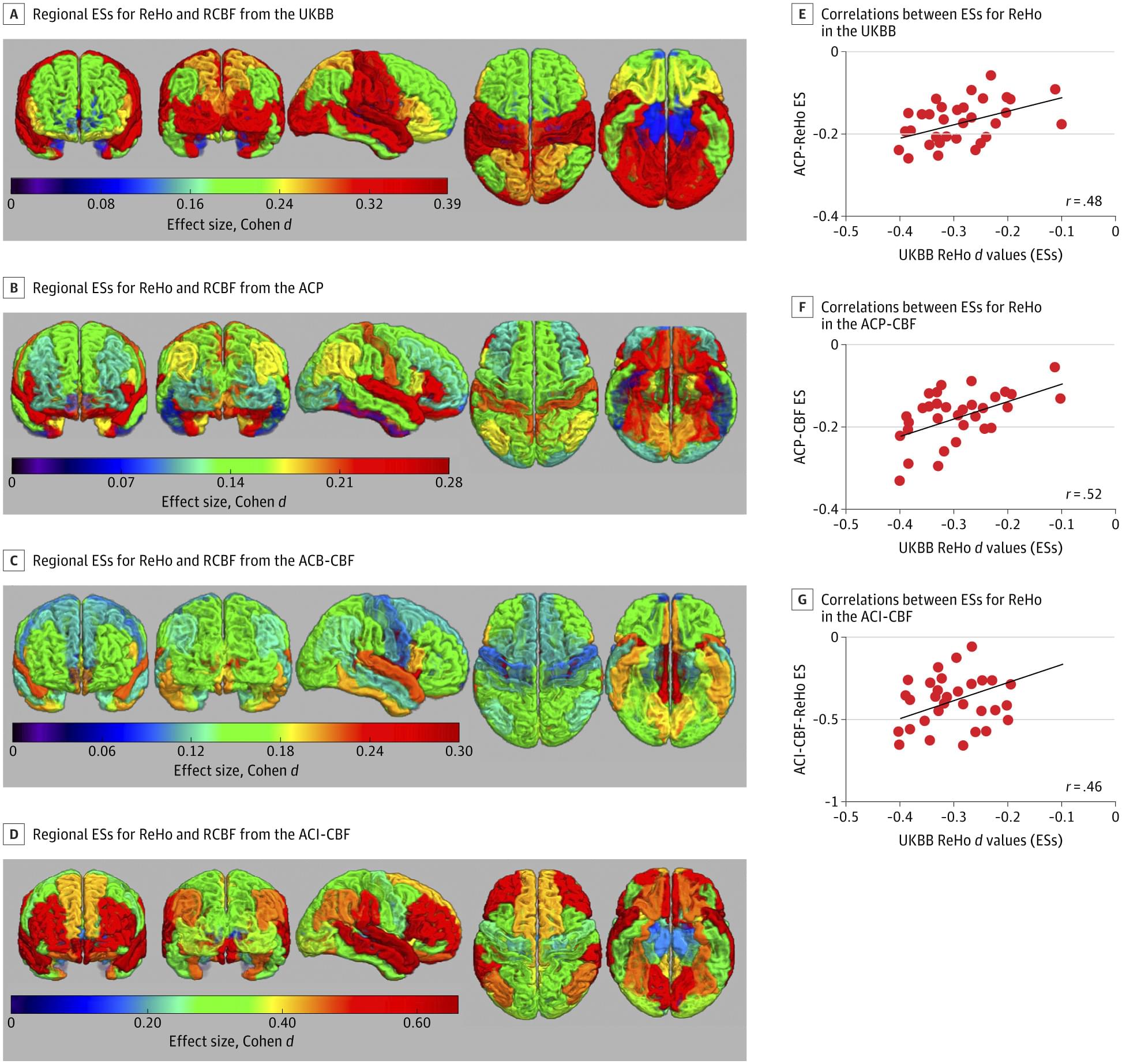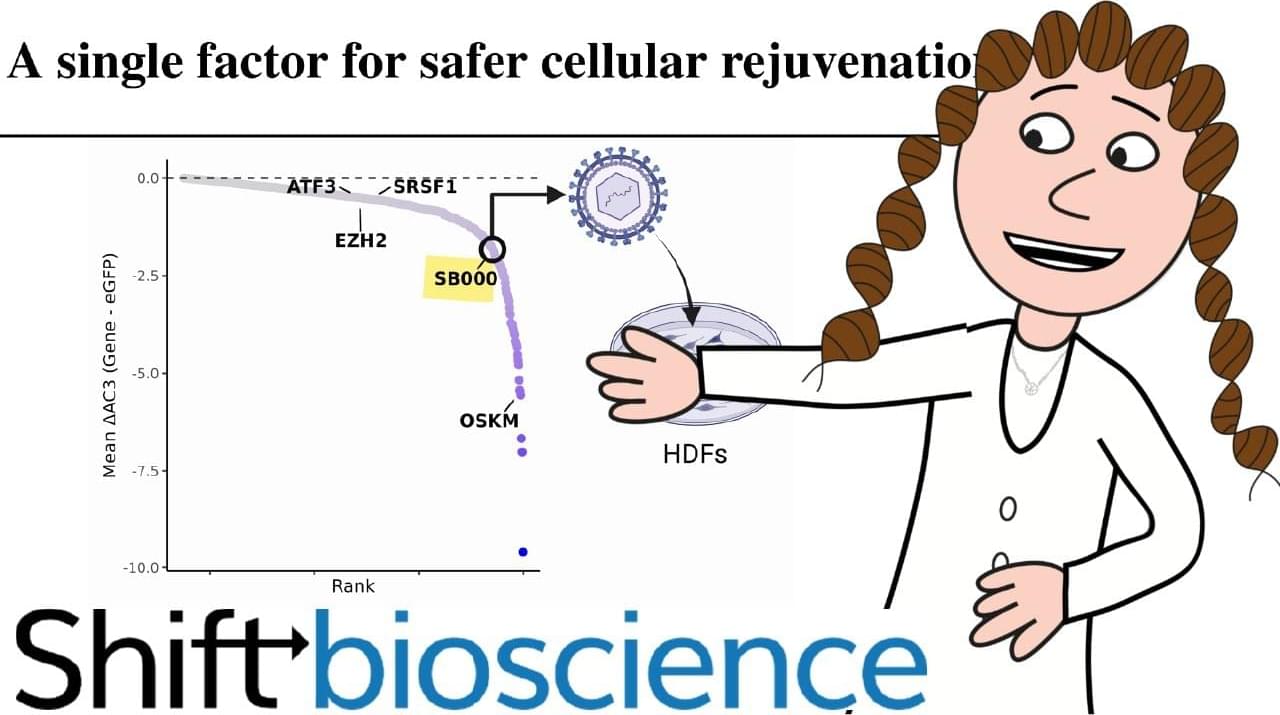A new study shows how rising DNA methylation entropy with age may reveal deeper truths about your biological clock than ever before.
Cleveland Clinic researchers are working to improve the way we use evolutionary modeling to understand drug resistance. The study, published in Science Advances, uses a new type of evolutionary model called a “fitness seascape” to incorporate a patient’s dosage schedule into models that predict whether an infection will develop antibiotic resistance, and has found that inconsistent timing and missing early doses can lead to treatment failure.
A team led by Jacob Scott, MD, DPhil., including study first author Eshan King, an MD/Ph. D. student at Case Western Reserve University School of Medicine, is refining models that determine recommended antibiotic doses by incorporating bacterial evolutionary dynamics.
“With the rise of ‘superbugs,’ or antibiotic-resistant bacterial infections, the world is reaching a crisis point,” says Dr. Scott, the study’s senior author. “We’ve already seen from MRSA what can happen if a bacterium becomes antibiotic-resistant. We need to address the problem before it impacts our ability to use antibiotics in more routine aspects of medical care, like surgery or childbirth.”
This case-control study investigates if a regional homogeneity–magnetic resonance imaging cortical deficit pattern provides a more robust biomarker for major depressive disorder (MDD) than its structural counterpart and informs the underlying, regionally specific lower cerebral blood flow in this…
A team led by astronomers at Leiden University in the Netherlands and the National Radio Astronomy Observatory in Virginia (U.S.) have, for the first time, robustly detected semi-heavy water ice around a young sunlike star. The results strengthen the case that some of the water in our solar system formed before our sun and the planets.
Their findings are published in The Astrophysical Journal Letters.
One way that astronomers trace the origin of water is through measuring its deuteration ratio. That is the fraction of water that contains one deuterium atom instead of one of the hydrogens. So instead of H2O, it’s HDO, which is also called semi-heavy water. A high fraction of semi-heavy water is a sign that the water formed in a very cold place, such as the primitive dark clouds of dust, ice, and gas from which stars are born.
As artificial intelligence and smart devices continue to evolve, machine vision is taking an increasingly pivotal role as a key enabler of modern technologies. Unfortunately, despite much progress, machine vision systems still face a major problem: Processing the enormous amounts of visual data generated every second requires substantial power, storage, and computational resources. This limitation makes it difficult to deploy visual recognition capabilities in edge devices, such as smartphones, drones, or autonomous vehicles.
Interestingly, the human visual system offers a compelling alternative model. Unlike conventional machine vision systems that have to capture and process every detail, our eyes and brain selectively filter information, allowing for higher efficiency in visual processing while consuming minimal power.
Neuromorphic computing, which mimics the structure and function of biological neural systems, has thus emerged as a promising approach to overcome existing hurdles in computer vision. However, two major challenges have persisted. The first is achieving color recognition comparable to human vision, whereas the second is eliminating the need for external power sources to minimize energy consumption.
A 2024 peer-reviewed study shows that adding these two mushrooms to your morning brew can boost brain health, immunity, and antioxidants.
3D-printed middle ear transplant, Prof. Mashudu Tshifularo, hearing loss treatment, medical innovation, middle ear surgery, 3D printing in medicine
What if reversing cellular aging could be achieved by overexpressing just a single gene? In this video, I break down Shift Bioscience’s latest preprint, whic…
New research from Harvard T.H. Chan School of Public Health and Ben Gurion University in Israel reveals that nearly one-third of people who stuck to a healthy diet didn’t lose any weight, but still saw impressive health improvements.
Even without shedding pounds, participants experienced key benefits to their cardiometabolic health. These included higher levels of HDL cholesterol (often called the “good” cholesterol), reduced levels of leptin (a hormone that drives hunger), and less visceral fat, which is the deep belly fat that can surround vital organs.
“We have been conditioned to equate weight loss with health, and weight loss-resistant individuals are often labeled as failures,” said lead author Anat Yaskolka Meir, postdoctoral research fellow in the Department of Epidemiology at Harvard Chan School. “Our findings reframe how we define clinical success. People who do not lose weight can improve their metabolism and reduce their long-term risk for disease. That’s a message of hope, not failure.”
Chinese scientists have claimed to developed a new surface material designed for hypersonic vehicles, capable of enduring long flights









